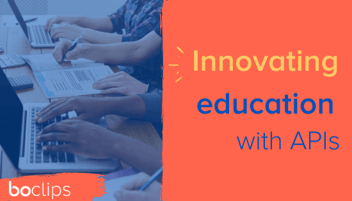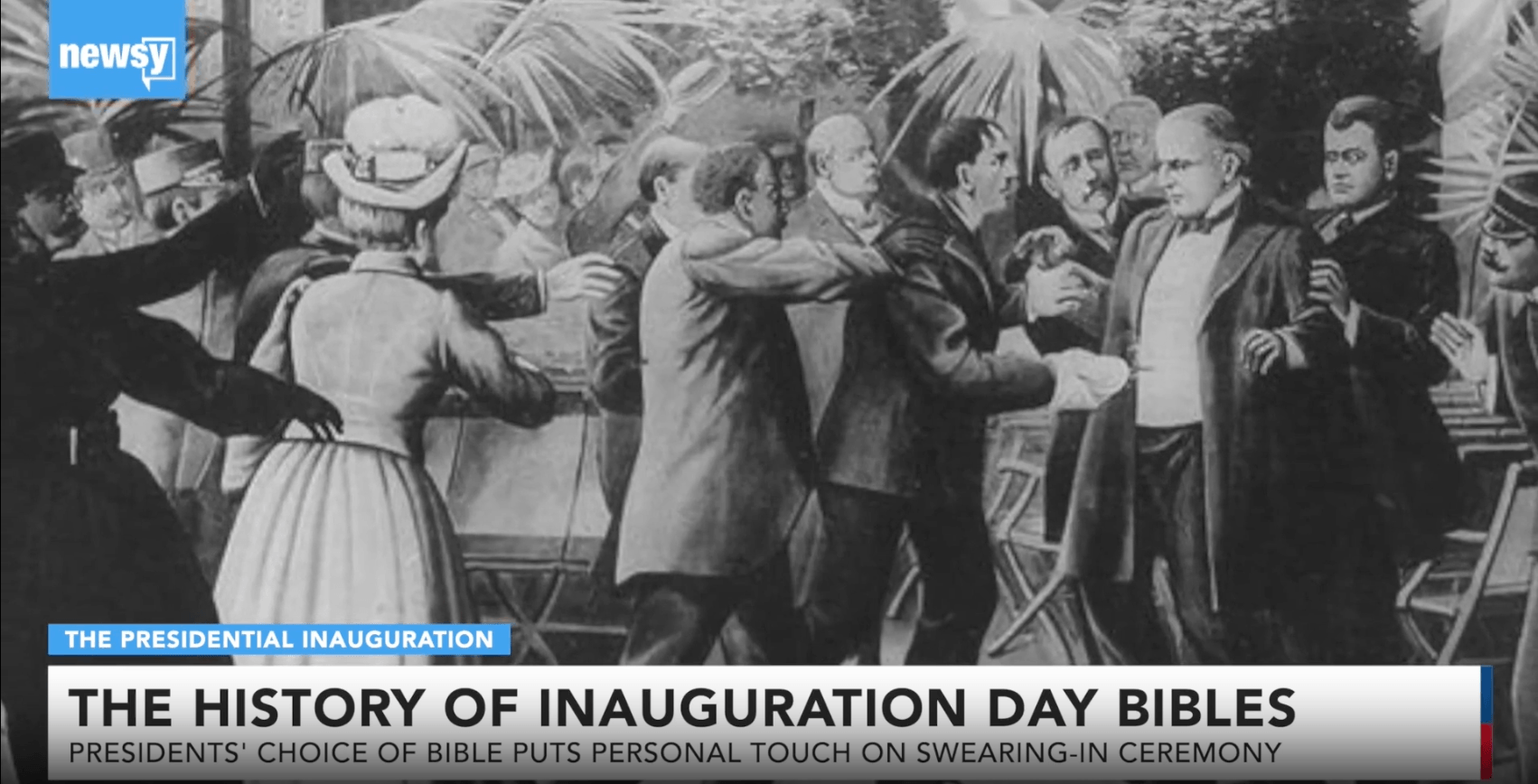Modern technology has had a tremendous impact on our society and accelerated different service sectors in ways that were previously unimaginable. News and politics have largely moved to social networks, banking can be comfortably handled from the comfort of a couch and your car automatically updates itself to become safer and more convenient to use.
Despite all of this, we feel that education is not catching up as swiftly as it should be — if you're involved in creating or distributing courseware, you’re well aware of this. Enabling new content that will enrich students' experiences is often tied to tedious, enterprisey processes and a lot of manual labour.
But it doesn’t need to be this way. Boclips makes access to curated, copyright-cleared and captivating video clips convenient and straightforward.

This content is distributed through various delivery channels, one of them being a web API that enables video streaming (more on this momentarily.) The streams come in a standard format, meaning any software application nowadays will be able to leverage them. Whether you want to inspire students of your LMS with a TED talk or help 1st graders understand the basics of mathematics on a tablet, we’ve got your back.
You might think, "Alright, so, after we choose which videos we want our engineering team embeds corresponding Boclips streams in our courseware and boom! Done and dusted!” The job is done indeed, but what if I told you that streaming is just a first step and Boclips API is more than a plain content repository?
What’s this whole "API" business about, anyway?
API acronym stands for Application Programming Interface and — frankly speaking — does not explain much by itself. It all becomes way clearer once we break down what each of the individual words brings to the table.
Let’s go with the interface part first. Interface is a means through which something can be interacted with. For example, the steering wheel, pedals and gear stick are the interface you use to drive your car everyday. Think of Boclips API as a machine that performs different functions, serving educational video clips being one of them. Then, all the buttons and levers provided to operate this machine constitute its interface.
Application tells us that software is involved when interacting with APIs. This holds especially true, because it’s the software applications that are interacting, not humans. Just as you are using a web browser to read this blog post or would use a spreadsheet application to handle numerical data, so would an online learning site use Boclips API’s interface to retrieve streams and display videos to a student.
Programming means that an amount of software development is needed on your side to make an API integration happen, and how much has to be done depends on the degree API’s features will be used to.
The primary purpose of Boclips API is to make it possible for clients to retrieve and play videos from our repository — and swap out videos instantly. But beyond that, our API also gives clients the ability to create entirely new experiences for end users.
<<Want to find out more how you can create a better experience for your users? Schedule a consultation>>
Going beyond content delivery
The API provided by Boclips offers more than a streaming platform, however. As mentioned in the machine analogy above, it has plenty of switches and buttons to provide access to its different features.
Video search
Since the full library offered by Boclips is extensive, it would be daunting to sift through all of its contents without a search functionality. The API offers such functionality and it’s quite robust, offering an array of filtering options like teaching subjects, suitable age ranges, and video providers to name a few.
A potential use case is a classic search feature provided in the app's UI. A teaching website could have a “Videos” section with a search bar and some additional controls for advanced filtering.
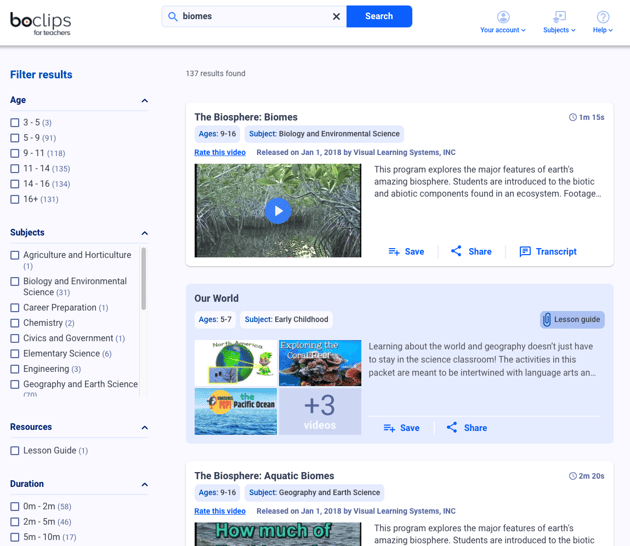
Another approach could be a suggestions feature. As students browse the materials available to them, the app could dynamically query Boclips library based on keywords related to the given unit and offer relevant video clips. The API can also limit the search results to videos that are tagged with certain criteria, like 'helpful for explanatory purposes,' for example.
Collections
Video can be a rich and engaging learning asset by itself, but it doesn’t take much to take the educational value of video even further. One of such seemingly modest yet powerful API tools available at your disposal are video collections.
A collection is a set (or playlist, as some prefer to call it) of videos revolving around a particular topic, e.g. ancient Egypt or Newton’s laws. Our collections are curated by our content team across many subjects and age levels and ready for use. Similar to videos, collections are searchable and have been enriched with education-relevant metadata that makes finding the right ones easier.
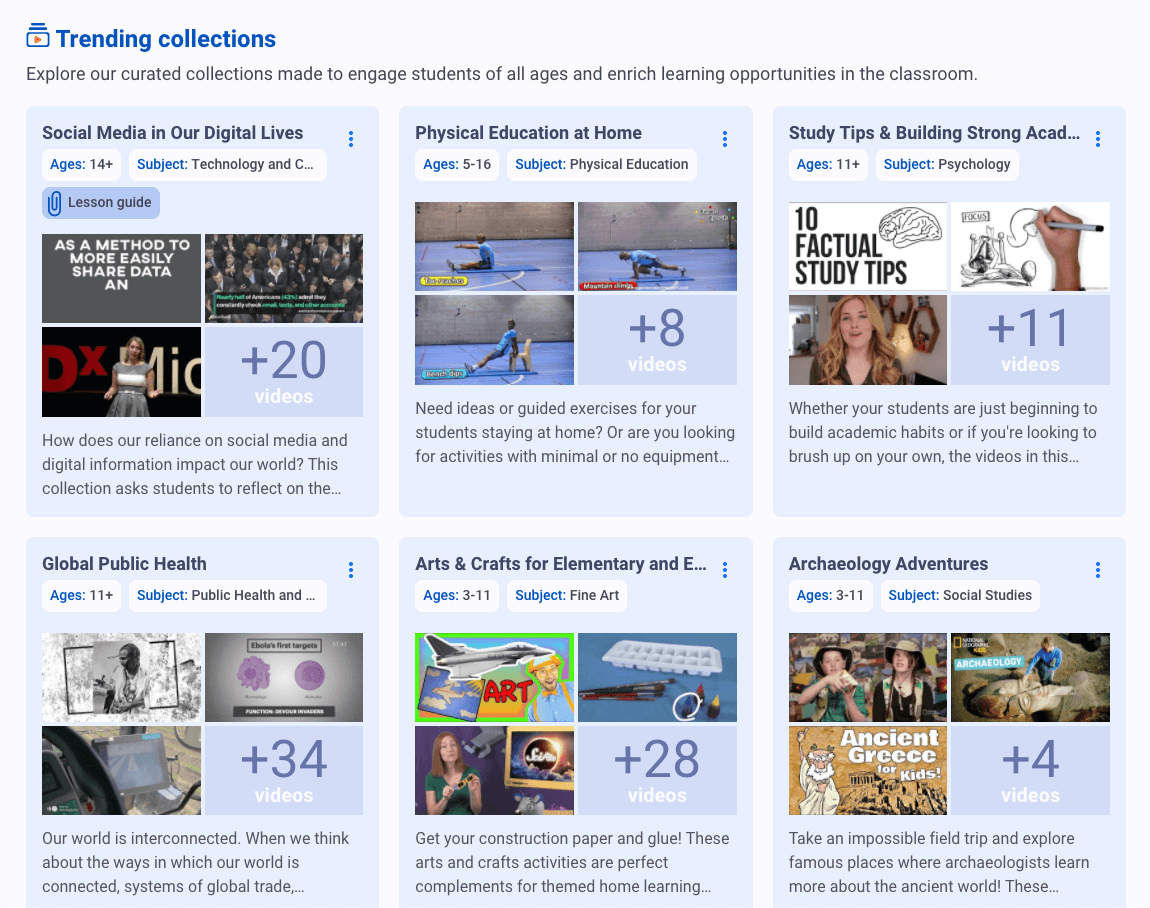
Naturally, you aren’t limited to Boclips-provided content only. The API gives you the freedom of creating and managing your own collections so you can engage users in ways that fit your product vision. Maybe you want to align videos to your content structure and make them correspond to specific grades and units? Or maybe you want a convenient way to manage landing page recommendations? Or maybe you want to empower your users with a video clipboard or a shopping basket feature? Boclips collections enable all of that.
Data insights
Whenever a video is streamed or when other Boclips API features are used, data is fed into our analytical databases, giving you the insights you need to keep evolving your product to meet users’ needs. This type of information is crucial when it comes to making decisions on how your product should be developed, even more so when you consider the pace and competitive nature of today’s digital world.
An obvious question that could be answered is whether the content that was selected is popular with your users. This applies both to actual video playback and video searches, had you chosen to leverage this capability. Playback information is granular, so you’ll know if clips are watched end to end or just skimmed through. And if it turns out that some videos are not as popular as expected, searches executed by your users can provide a hint on what to look for next.
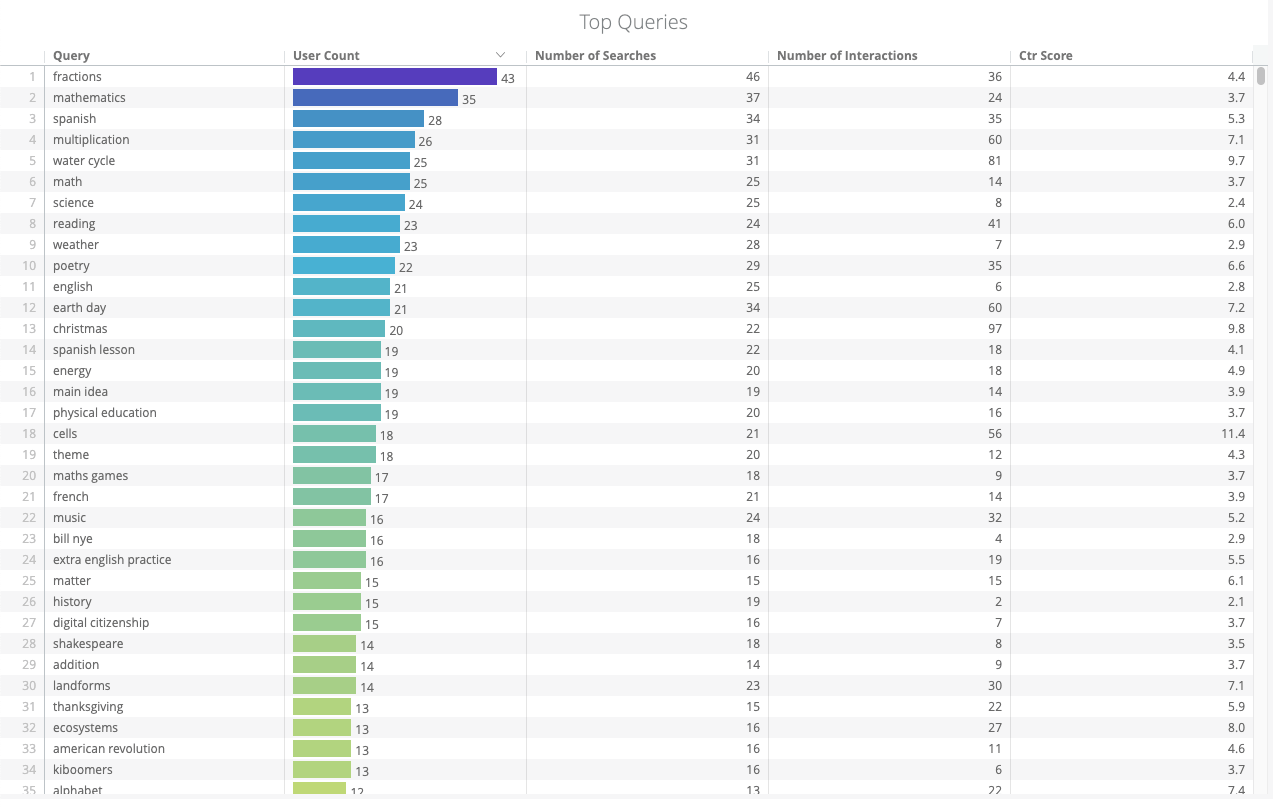
Is it difficult to integrate?
At this point you may be thinking “This all sounds great, but you mentioned that development would be required on my side? How much work can I expect?”
The honest answer is, as usual, “it depends”.
Integrating an application with an API is not much different from implementing regular features, so the amount of required work and time corresponds to how extensively the API features will be used. Embedding selected videos is easy and implementing more elaborate experiences will be proportionally more complex.
One thing we have to support our clients on this journey is our API documentation. It’s an excellent starting point for engineers to discover the possibilities and get a deeper understanding of how the implementation can be executed.
Without delving too deep into the technical lingo, it’s worth noting that Boclips API conforms to latest industry standards with REST over HTTP and JSON data exchange. Authentication is OAuth based and enables both simple authorization schemes and more robust SSO experiences.
Beyond that, our engineers are always there to answer questions, provide clarity, and give suggestions whenever you need them.
Wrapping up
Web based APIs are an ubiquitous way of relaying functionality and all the major tech companies provide access to their features in this way (see Twitter, TransferWise or Tesla as examples). By sharing not only data, but whole functionalities, they enable effective growth of whole service industries and we feel at Boclips that it shouldn’t be any different when it comes to education.
Our team is here to help you leverage this potential. We offer consultancy and support on product, design, content and engineering levels. Contact us to learn more about how you can use our API to create amazing video experiences for your users.
Rafał Lewandowski
Rafał, software engineer at Boclips.
- #Video in Digital Learning
- #Classroom
- #Educational Videos
- #Video Content Partners
- #Tips for Using Video
- #Boclips for Publishers
- #Issues in Education
- #Educational Videos by Subject Area
- #News and Announcements
- #Events & Holidays
- #Video and Teaching Tools
- #Teaching Methodologies
- #Education Videos
- #Video and Digital Literacy
- #Short Educational Videos
- #Instructional Design
- #Multimodal Learning
- #Video and Student Safety
- #Accessibility in Education
-3.png?width=390&height=223&name=Untitled%20design%20(2)-3.png)
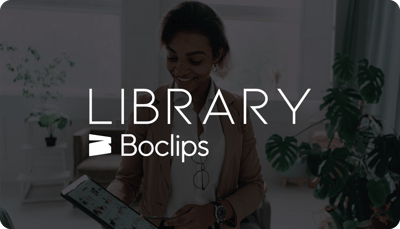
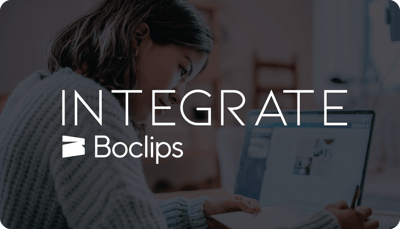
.png?width=1152&height=660&name=Copy%20of%20Untitled%20Design%20(1).png)
